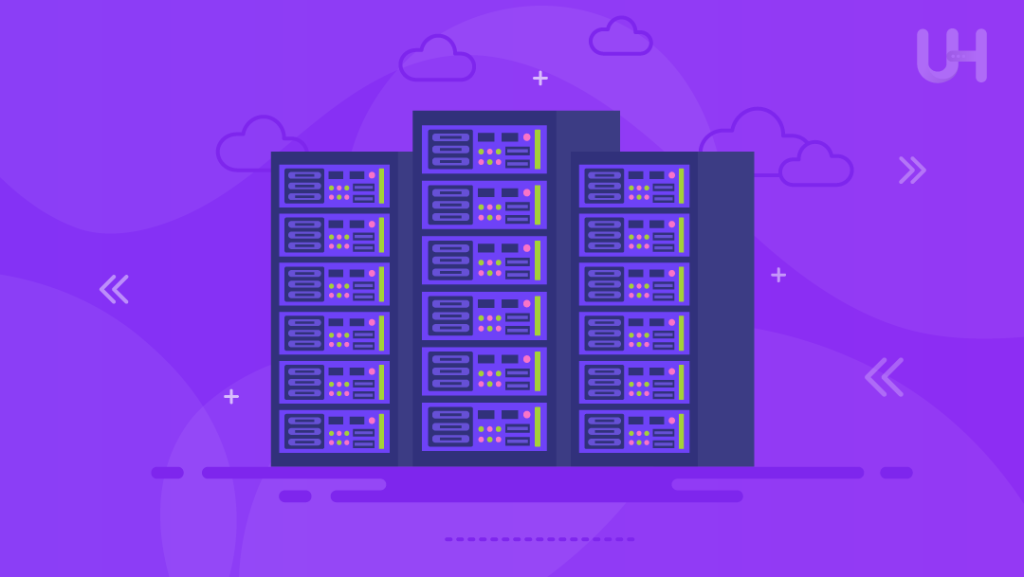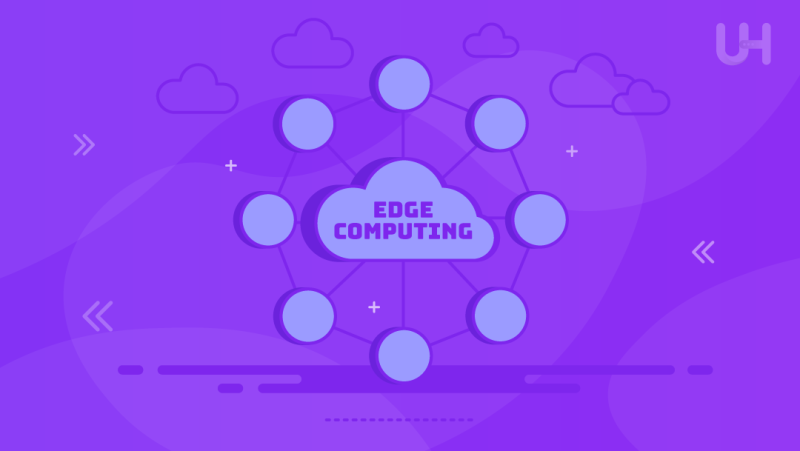Edge computing is a circulated computing worldview that carries calculation and data storage nearer to the data sources. This reduces inactivity and transmission capacity use, making continuous data handling conceivable. The idea of edge computing traces back to the mid-2000s when content delivery networks (CDNs) were created to store web and video content nearer to clients. Throughout the long term, the rise of the Internet of Things (IoT) and progressions in 5G organizations have propelled edge computing into standard innovation.
Today, edge computing is vital in different enterprises. It improves the performance of applications that demand ongoing cooperation, such as independent vehicles, medical services monitoring frameworks, and modern mechanization. In this blog, we will find out what is edge computing, investigating how it works, the innovations that empower it, its benefits, applications, difficulties, and future possibilities.
How Edge Computing Works
Edge computing disperses data processing nearer to the data source through decentralized engineering. This design incorporates edge devices like sensors, smartphones, and IoT gadgets that produce and gather data. These devices are associated with more modest edge servers, restricted data centers, or computing assets arranged close to the edge devices.
By processing data locally, these servers decrease the requirement for data to travel significant distances to unified cloud servers. It brings about quicker processing times and diminished idleness. The closeness of data processing and storage to the source limits transmission capacity use and improves effectiveness, which is essential for ongoing applications.
Dissimilar to conventional distributed storage computing, which depends on far-off data centers, edge computing empowers faster reactions and more robust data taking care of at the nearby level. This correlation features edge computing’s predominance in taking care of ongoing, idly touchy tasks, making it a crucial part of the present-day innovation framework.
Key Technologies Enabling Edge Computing

- Internet of Things (IoT): IoT devices are vital in collecting gigantic volumes of data from sensors, wearables, and smart devices. Integrating IoT development services with experts will further enhance the efficiency and security of these devices, thus enabling seamless integration and data management. These devices provide data privacy at the edge, operating with limited processing and direction.
- 5G Networks: 5G innovation upgrades edge computing by giving super quick, low-idleness availability. This network foundation supports the fast server transmission of data between edge devices and servers. It empowers constant processing and proficient correspondence for applications requiring quick reactions.
- Artificial Intelligence and Machine Learning: AI and ML algorithms sent at the edge empower smart data examination and prescient abilities. These advancements consider ongoing direction and mechanization. It further develops productivity and performance in different applications, from independent vehicles to modern computerization.
Boost Your Edge Computing With Fast Speed VPS
Grow your edge computing capabilities through Ultahost’s cutting-edge VPS service. Get ultra-high-speed and really low-latency operation performance for real-time data processing, secure operations, and efficiency. Bring your technology infrastructure to life with Ultahost’s top-tier VPS solutions today.
Advantages of Edge Computing
Edge computing offers a few critical benefits that make it a significant innovation in the present computerized area:
- Reduced latency: Edge computing limits the time it takes for data to go back and forth to a focal server. This decrease in idleness is important for applications requiring prompt reactions, such as independent vehicles and continuous examination.
- Improved bandwidth efficiency: It decreases transfer speed utilization and decreases how much data is shipped off concentrated cloud servers. This proficiency in handling data or IoT devices and applications produces enormous volumes of data, as it oversees network traffic all the more successfully.
- Enhanced data security: Processing data locally implies less data is sent over networks. This way, the risk of interference and digital assaults is reduced. This way of handling data privacy and data security improves protection. It is also ideal for delicate applications like medical and financial services.
- Real-time data processing: It empowers prompt data processing, which is virtual for applications calling for ongoing analytics and independent direction. This capacity supports various purpose cases, from smart urban communities to modern robotization, guaranteeing convenient and exact reactions.
Applications of Edge Computing
Edge computing assumes an extraordinary part in different applications across various industries. Let’s discuss some examples that can be useful for your needs:
- IoT devices and smart cities: Edge computing is the way to effectively manage infrastructure in smart cities, such as traffic light management, monitoring systems, and utility monitoring. By processing data locally, cities can respond to real-time changes in improving metropolitan living standards.
- Autonomous Vehicles: Automatic vehicles depend on edge computing for continuous data processing, which is fundamental for settling on split-subsequent decisions. Breaking down data from sensors and cameras on the vehicle guarantees well-being, route, and performance without depending entirely on far-off hosting servers.
- Healthcare Monitoring Systems: Edge computing improves the patient experience through constant observation and investigation. Wearable devices and smart sensors detect well-being data to provide local handling, immediate experiences, and warnings for enhanced understanding, results, and functional proficiency.
- Industrial Automation: In manufacturing and industrial settings, edge computing involves computerizing and improving processes. Processing data from hardware and production lines locally empowers predictive maintenance, lessens downtime, and increases overall efficiency.
- Retail and customer experience: It disrupts a completely new frontier for the retail sector by aiding it in processing data in real-time at its local stores. Consequently, this will lead to personalized customer experiences, effective inventory management, and speedy checkout procedures. By processing data from in-store sensors and IoT devices, retailers can tailor promotions to customers. This enhances general customer satisfaction, thereby moving away from dependence on centralized cloud services.
These applications represent varied advantages and critical benefits provided by modern technology.
Challenges and Considerations
- Security Risks: Processing data at various edge regions grows the assault surface, making edge computing unprotected against advanced scares. Ensuring robust well-being endeavors across all edge devices and centers is vital for shielding sensitive data.
- Data Management Complexities: Overseeing and synchronizing data across various edge devices can be intricate. Guaranteeing data consistency, precision, and respectability while managing enormous volumes of decentralized data requires modern management techniques.
- Integration With Existing Systems: Integrating edge computing into existing IT frameworks can be a big challenge. Organizations should guarantee consistent joining between edge devices and focal frameworks. This might include a huge interest in innovation and skill.
- Scalability Issues: Scaling edge computing infrastructure to accommodate growing data volumes and applications can be troublesome. It requires cautious preparation and resource allocation to keep up with performance and unwavering quality as the organization of edge devices and applications develops.
Keeping up with these challenges is fundamental for the effective organization and activity of edge computing solutions in different businesses.
Conclusion
Edge computing addresses a critical change in data processing and management. It offers various advantages that address limitations found in traditional distributed computing: it reduces latency, increases transmission capacity productivity, and upgrades data security by processing data closer to its source.
Its constant processing abilities are essential for applications requiring quick reactions, such as independent vehicles, medical care observation, and modern mechanization. Integrating key advancements like IoT, 5G organizations, and artificial intelligence further enables edge computing, driving development and proficiency across different enterprises.
Despite difficulties, for example, minor security risks, data management intricacies, and versatility issues, the potential advantages make edge computing an essential part of current innovation.
Look forward to Ultahost’s Instant Server for your edgy computing. With low latencies and high speed, it is perfect for use with edge applications and helps data processing remain efficient, secure, and in real-time.
FAQ
What is Edge Computing?
Edge computing accommodates data processing at its source, reducing the need to travel to central servers for processing, thereby increasing speed and efficiency.
How is edge computing different from cloud computing?
Unlike cloud computing, edge computing does not depend on data centers situated elsewhere; it processes everything locally, reducing latency and bandwidth usage to a great degree.
What are the primary advantages of edge computing?
Key advantages of the system include reduced latency, increased bandwidth efficiency, improved protection for data, and real-time data processing.
Which industries benefit the most from Edge Computing?
Edge computing has some significant advantages in different industries. All of them require real-time processing and include healthcare, automotive, smart cities, and manufacturing.
What are the major challenges of edge computing?
Issues can include security risks, data management complexities, integration into existing systems, and scalability problems.








